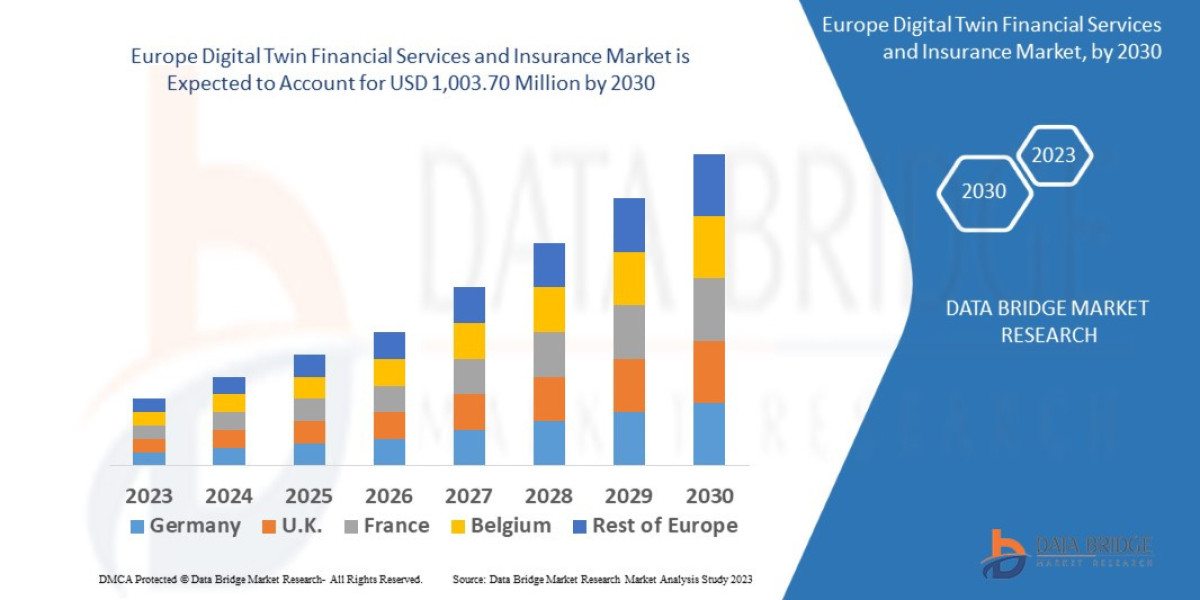Automotive Data Logger Market Share
In any thriving market, the question of "who is winning?" is paramount. Market share—the percentage of total sales in an industry generated by a particular company—is the ultimate scorecard. In the dynamic and technically demanding world of automotive data loggers, the battle for market share is a complex affair, waged on multiple fronts from high-end R&D labs to global commercial fleets. Understanding the distribution of market share reveals the competitive landscape, highlights the strategies of leading players, and offers clues about the future direction of the industry. This analysis will dissect the automotive data logger market share, identifying the market leaders in key segments and exploring the factors that enable them to capture and defend their positions.
A Segmented Battlefield: Market Share Isn't One-Size-Fits-All
To accurately discuss market share, it's crucial to recognize that the automotive data logger market is not a single entity. It's a collection of distinct sub-markets, each with its own leaders and competitive dynamics.
The R&D and Vehicle Testing Segment: This is the high-performance, high-margin segment. The customers are automotive OEMs and Tier-1 suppliers who require extremely reliable and powerful tools for vehicle development. Here, market share is dominated by specialized engineering companies. Players like Vector Informatik, with its CANalyzer and CANoe software ecosystem, and National Instruments (NI), with its modular hardware platforms, command significant portions of this market. Their dominance is built on decades of technical expertise, deep-rooted relationships with automotive engineers, and a reputation for precision and reliability. Market share is defended through continuous innovation and comprehensive software support.
The Fleet Management and Telematics Segment: This is a high-volume, recurring-revenue segment. The customers are businesses with vehicle fleets, ranging from small local delivery services to massive international logistics corporations. The market share here is more fragmented but is led by telematics service providers (TSPs). Companies like Geotab, Verizon Connect, and Samsara are the titans of this space. They have captured large market shares by offering an all-in-one solution: an easy-to-install hardware logger, a robust cloud platform with powerful analytics, and excellent customer service. Their competitive advantage lies not in the hardware itself, but in the power and usability of their software platform.
The Motorsports Segment: This niche but influential segment demands rugged, high-frequency data loggers for race cars. Companies like MoTeC and AiM Tech hold significant market share. Their brand equity is built on the racetrack, and their success comes from providing products that can withstand extreme conditions while delivering the precision data that race engineers need to shave milliseconds off lap times.
Strategies for Capturing and Growing Market Share
The market leaders did not achieve their position by accident. They employ a combination of proven strategies:
Technological Leadership: In the R&D segment, being the first to support a new automotive protocol like Automotive Ethernet or providing the highest data throughput can be a decisive factor in winning contracts and gaining share. Vector's deep integration with the CAN bus standard is a prime example of how technical mastery builds market dominance.
Building an Ecosystem: Market share is rarely just about a single product. Leaders create a "sticky" ecosystem. This includes hardware, software, training, and support. Once a company's engineering team is trained on and invested in a particular software suite, the cost and effort of switching to a competitor are high, creating a protective moat around their market share.
Scalable Platform Approach: In the telematics space, leaders like Geotab have built an open platform that encourages third-party developers to create additional applications and integrations. This network effect adds immense value for the customer and makes the platform more indispensable, solidifying market share.
Strategic Mergers and Acquisitions (M&A): Companies often acquire smaller competitors to quickly gain market share, acquire new technology, or enter a new geographical market. The telematics industry, in particular, has seen significant consolidation as larger players buy up smaller regional providers.
Channel Partnerships: Forging strong relationships with distributors, resellers, and system integrators is a key strategy for reaching a broader customer base. This allows companies to scale their sales efforts without a massive direct sales force.
Regional Variations in Market Share
The distribution of market share also has a strong geographical component. European companies have historically been very strong in the R&D and testing segment, driven by the powerful German automotive industry. North American companies, on the other hand, have a commanding lead in the global fleet telematics market. In the Asia-Pacific region, the landscape is often a mix of these international giants competing with a growing number of strong local and regional players who have a better understanding of the local market needs and regulations.
The Future of Market Share: Emerging Threats and Opportunities
The current market share landscape is not set in stone. New forces could disrupt the status quo. The rise of the Software-Defined Vehicle could see new players, perhaps even the cloud computing giants (like Amazon AWS and Microsoft Azure), enter the fray by offering vehicle data platforms. Chinese companies are also rapidly advancing in both automotive technology and telematics, and they are likely to challenge the established leaders, first in their domestic market and then globally.
For incumbent leaders, defending their share will require vigilance and agility. For challengers, the key will be to identify an underserved niche or a technological shift they can exploit to gain a foothold.














